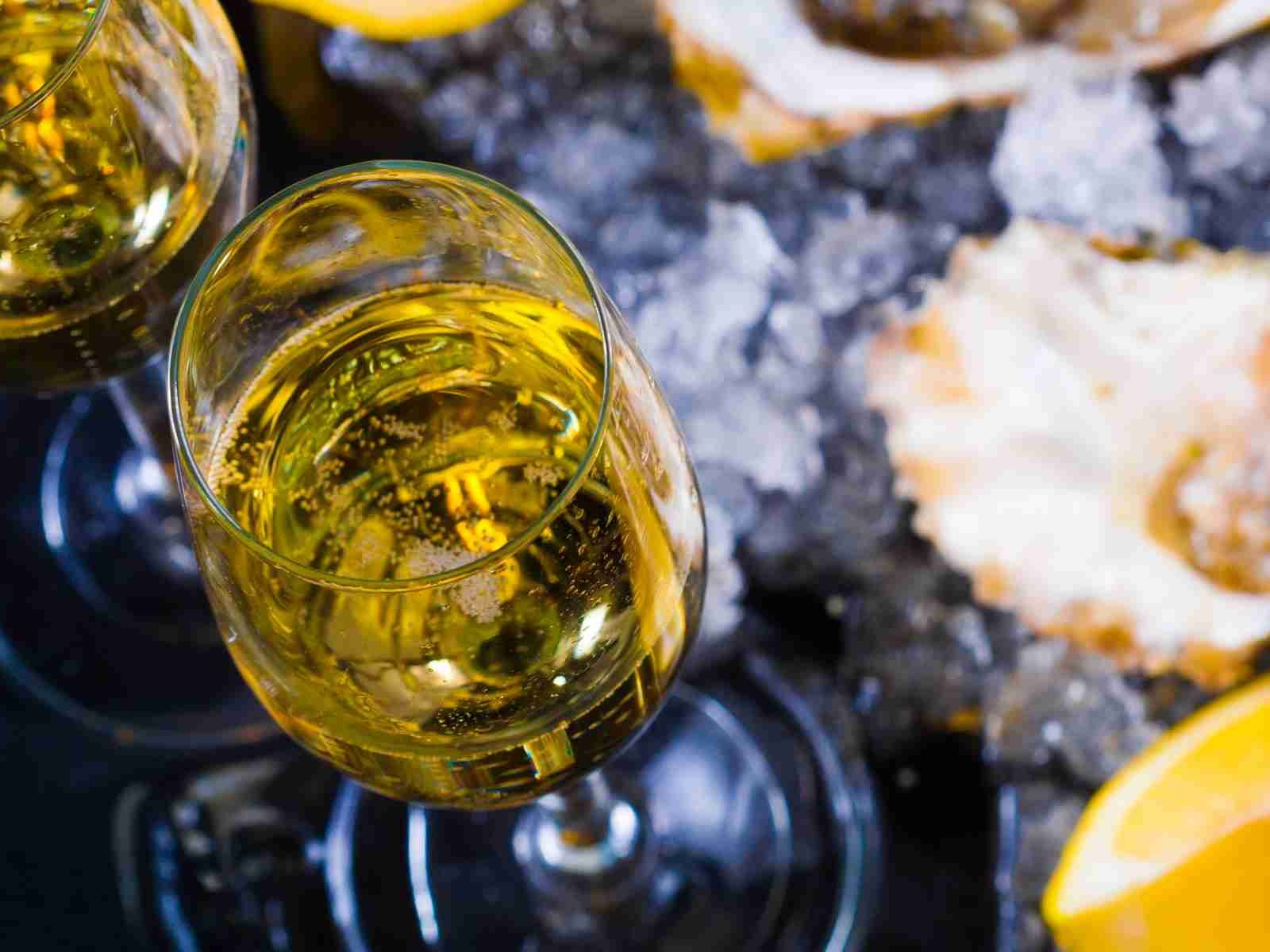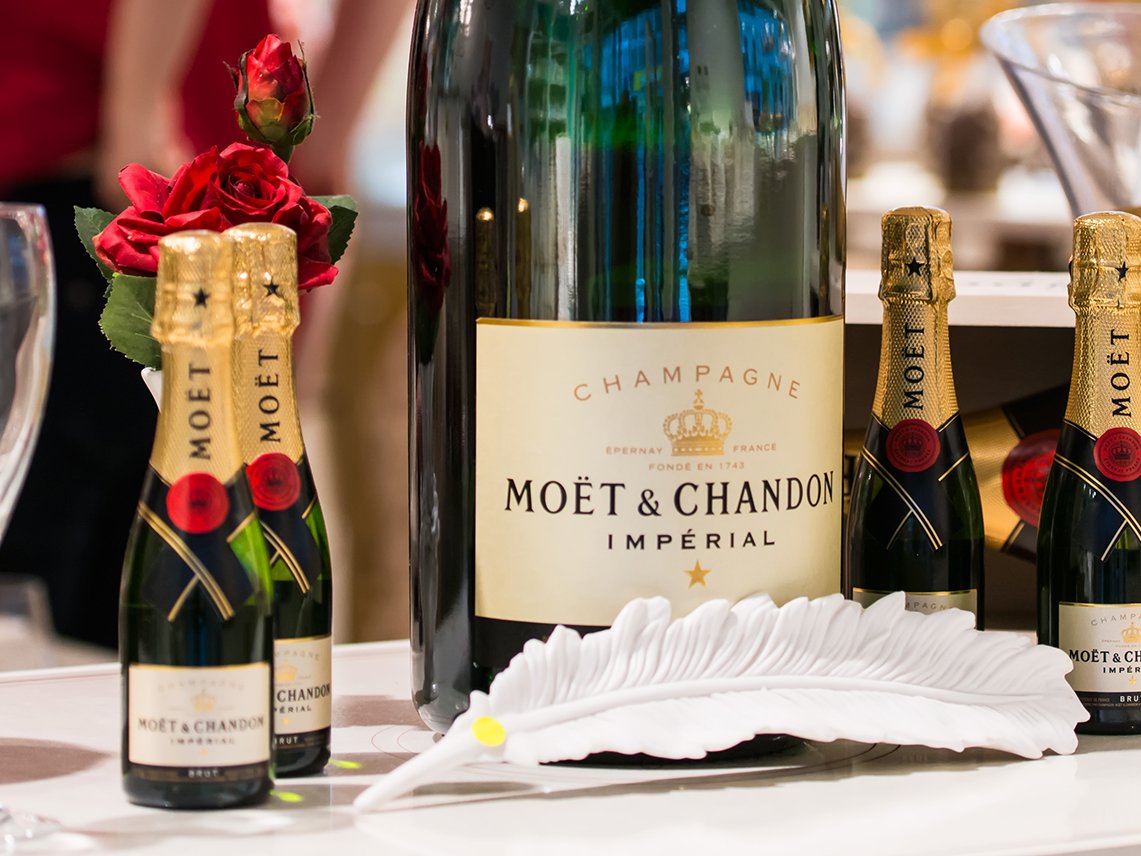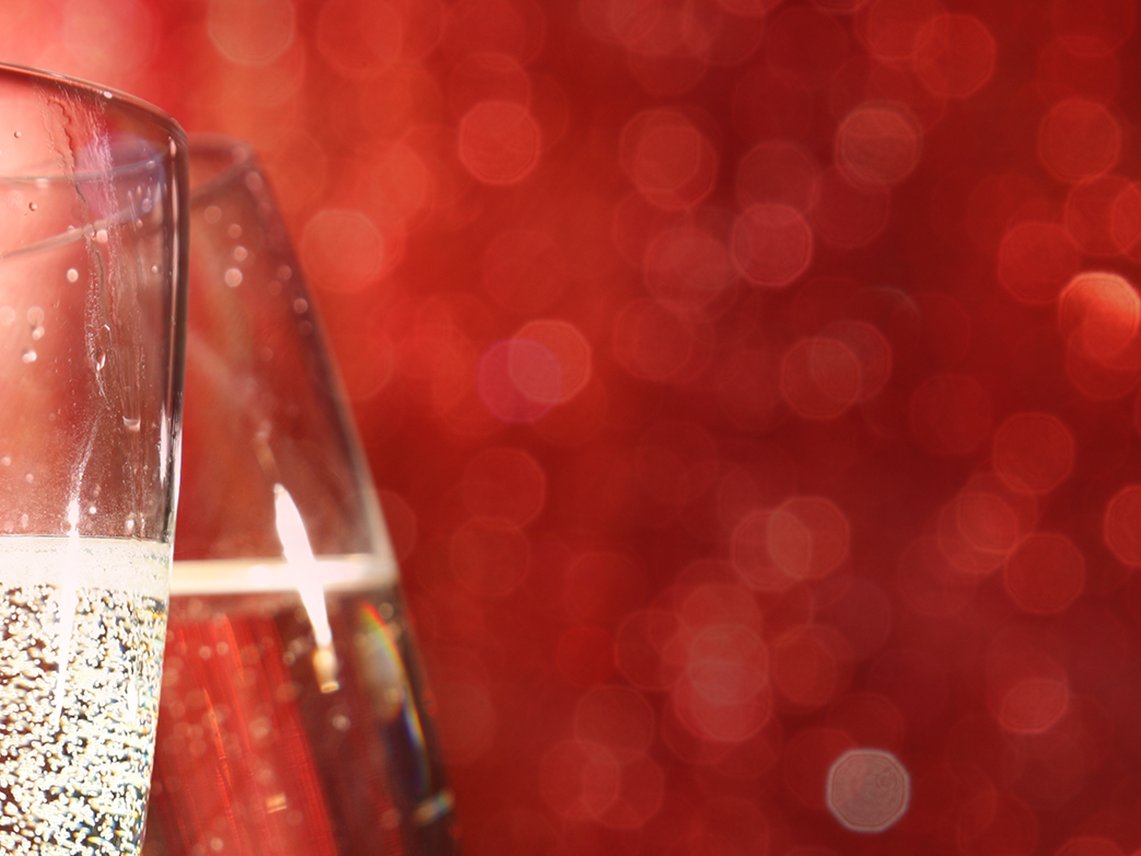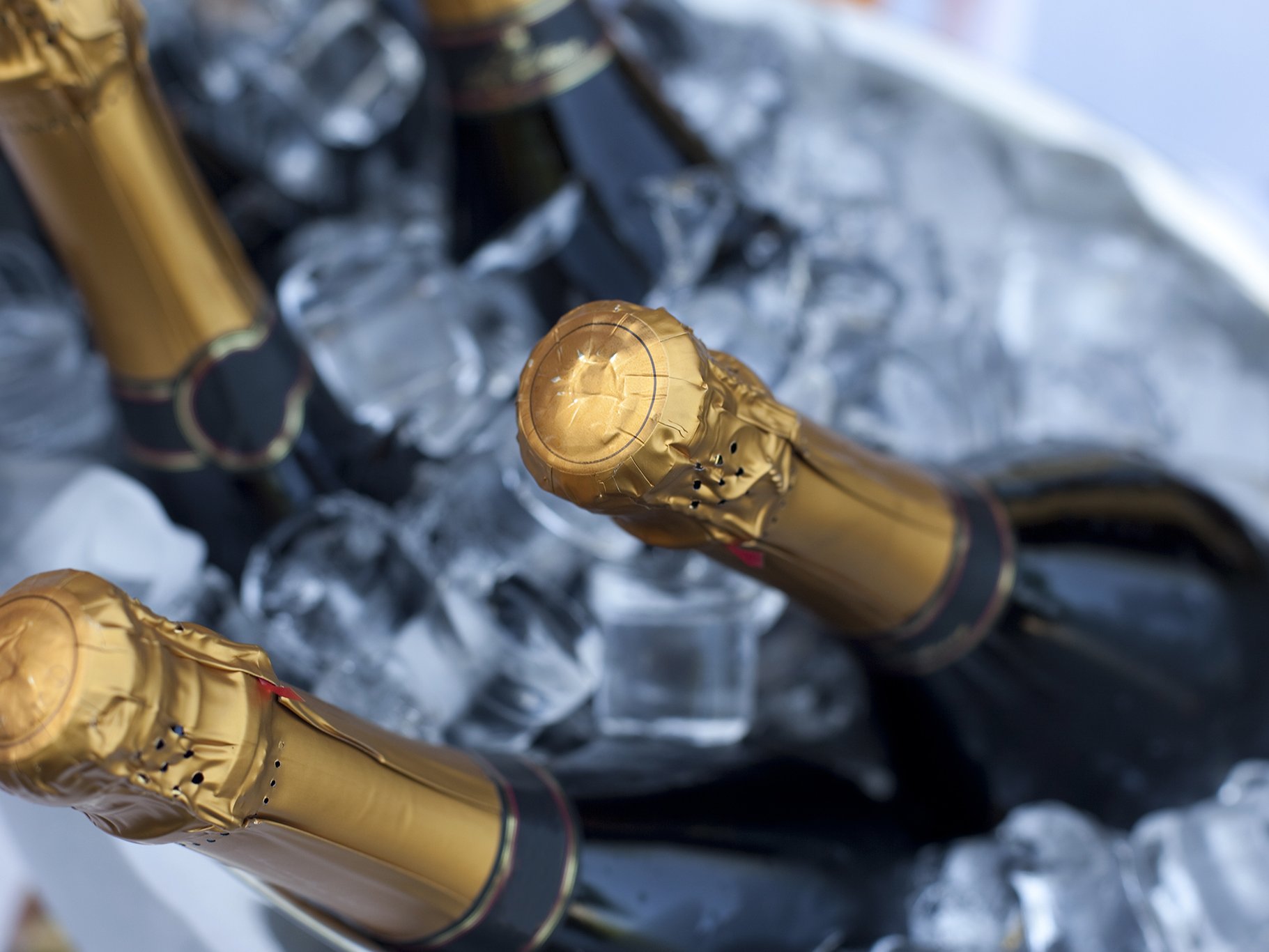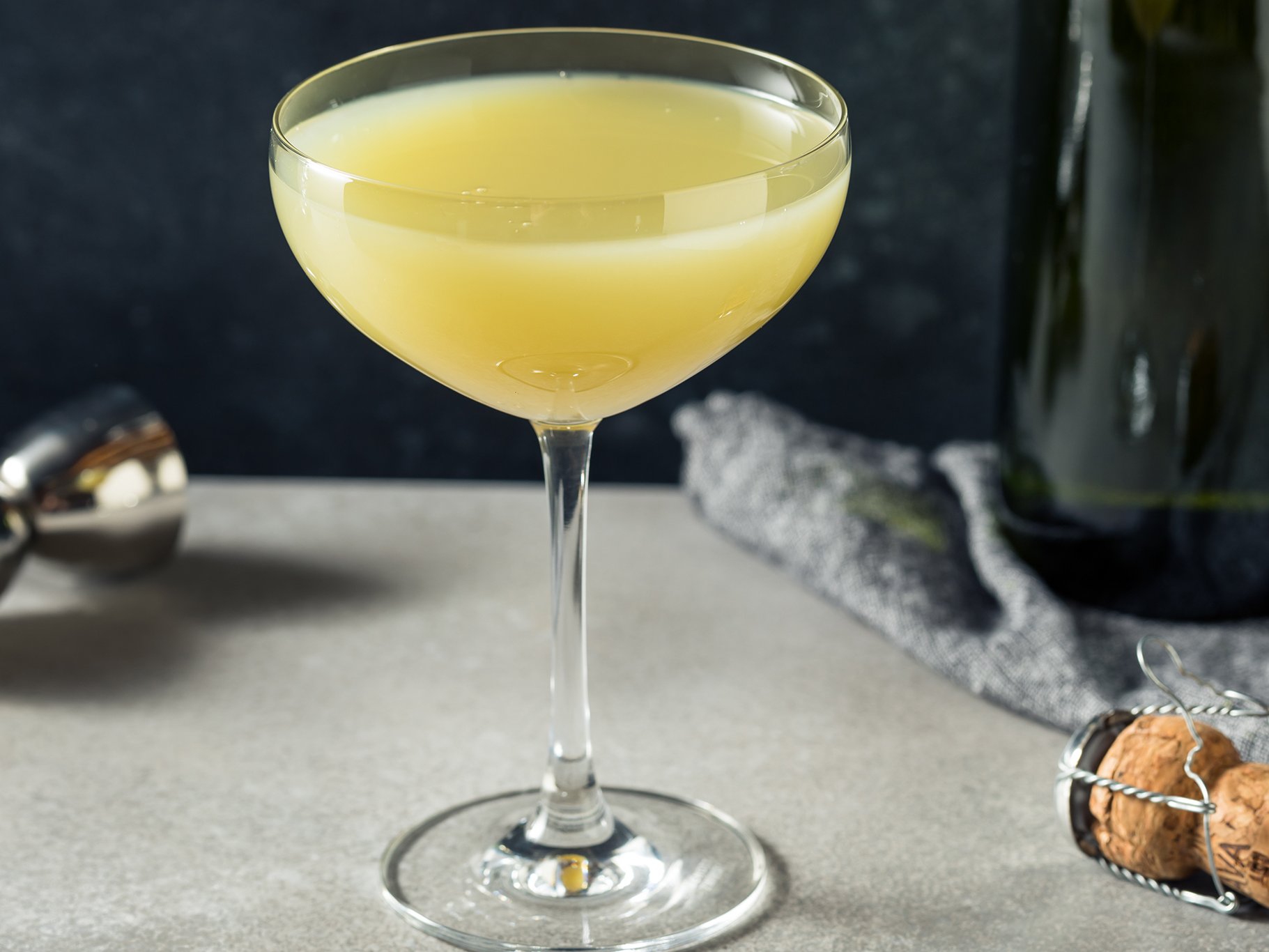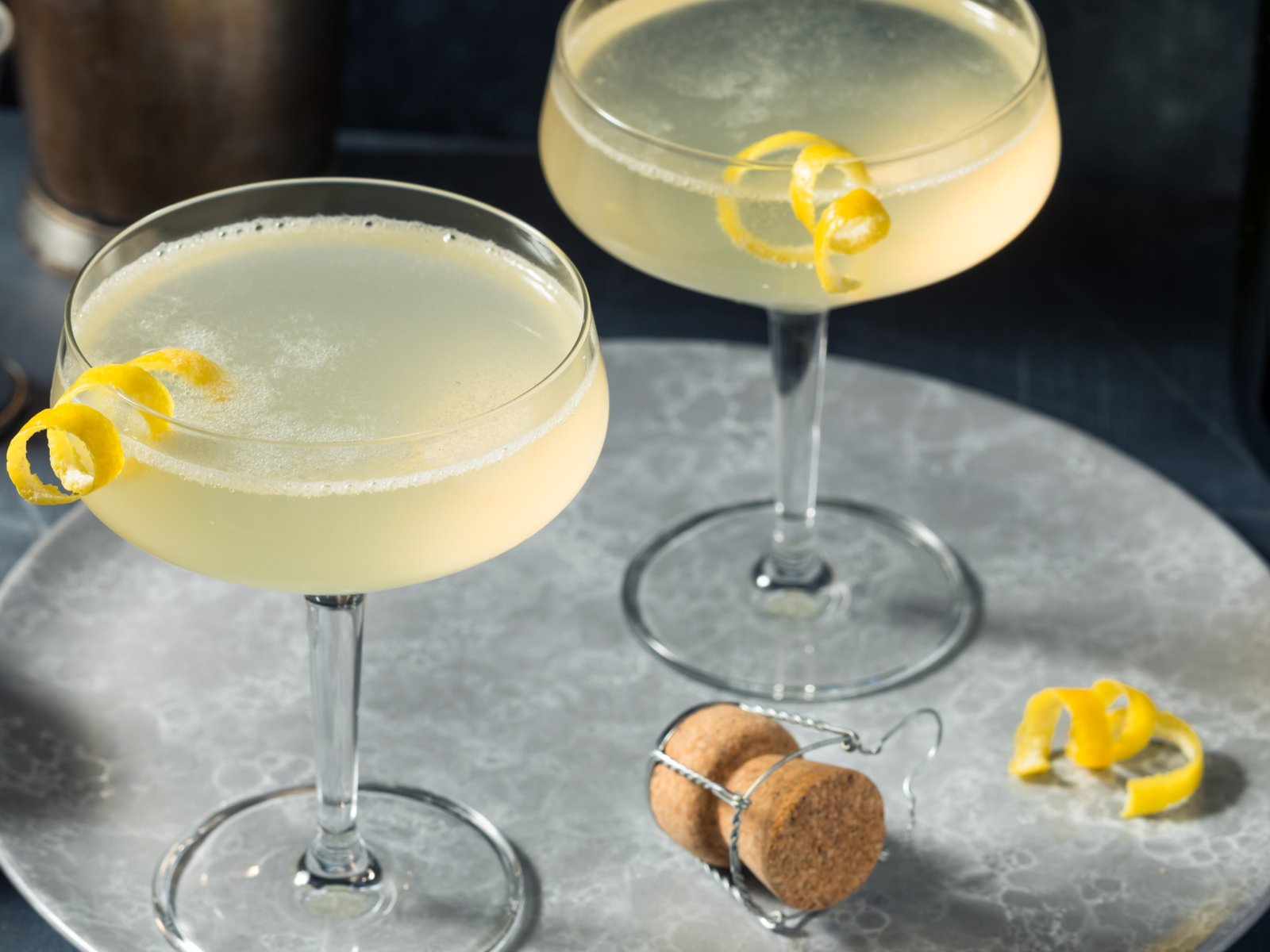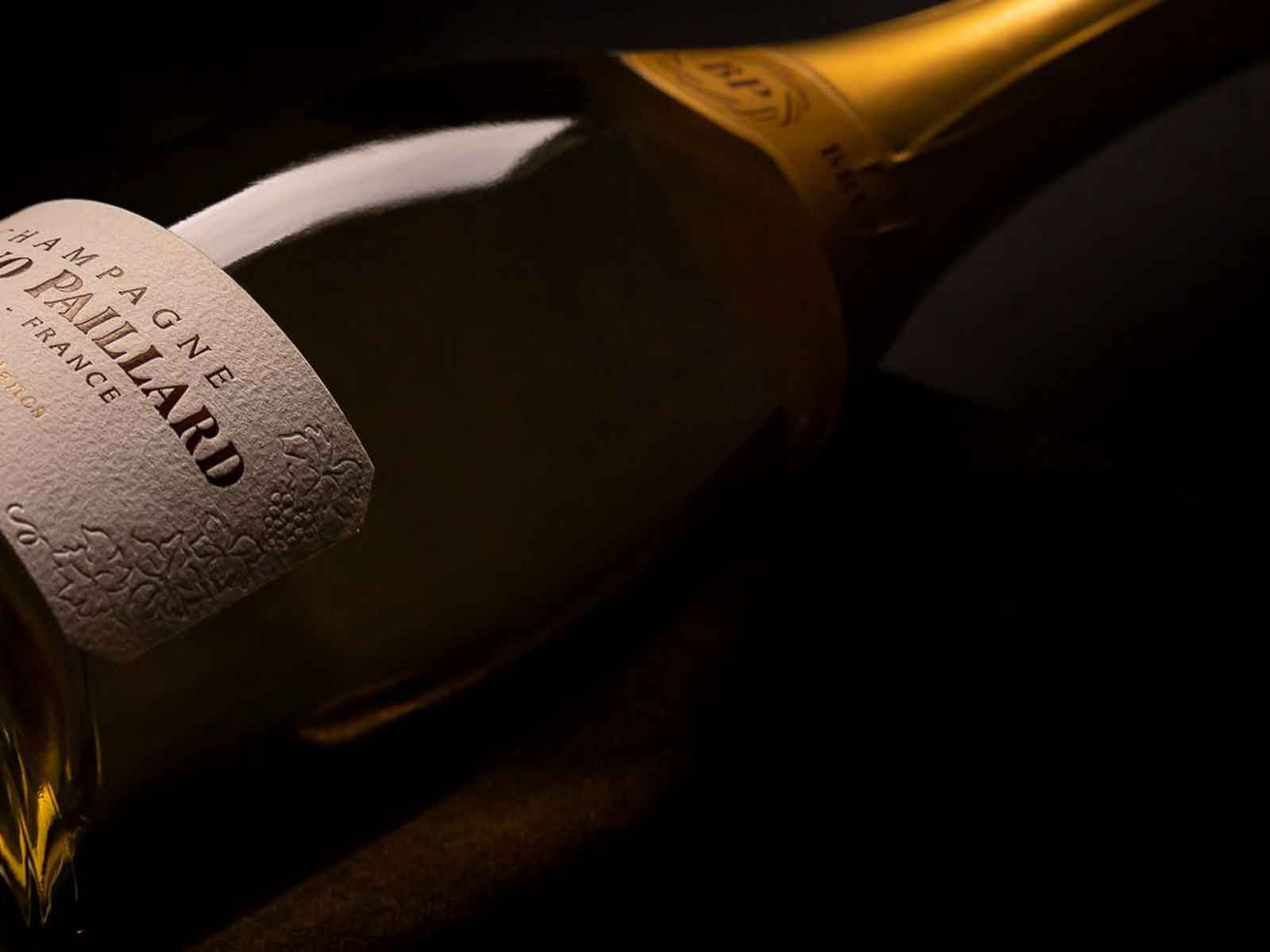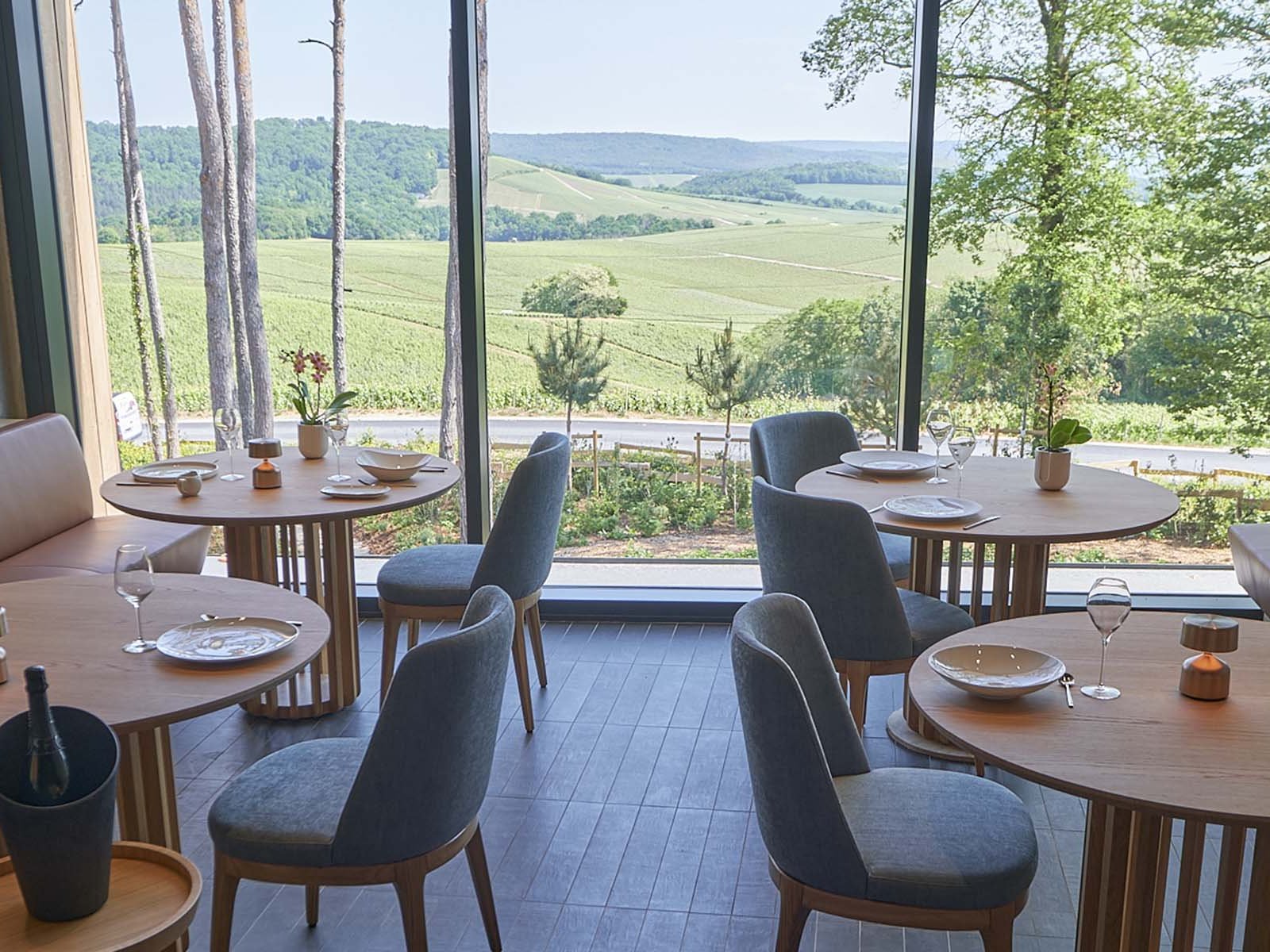Think Pink: A Primer on Rosé Champagne and Food
Rosé Champagne isn't just reserved for romantic moments. This pink fizz that gets its colour from a small percentage of red wine – or from macerated red grapes – is perfect to pair with many foods.
Some dismiss pink Champagne as girlie, others think of it as the quintessential wine for romance – but those of us who love, appreciate and understand good fizz know that rosé Champagne is an excellent wine at the table.
How does the wine get its colour?
Even red grapes have white juice, so the only way wines get their colour is by being macerated on their skins. Red wines thus are fermented with their skins to get that colour and other phenolic compounds like tannin. If red grapes are just pressed and then fermented, you will have a white wine – and most Champagne is white even if much of it is made from red grapes Pinot Noir and Pinot Meunier. There are two ways of making Champagne pink: either by addition of red wine to a white base wine, a wine referred to as rosé d'assemblage, or by macerating red grapes for a short while on their skins to let some colour seep or "bleed" out – a wine referred to as rosé de saignée. The difference between the two is one of style rather than of quality - exquisite rosé Champagne is producd by both methods.
Gastronomic possibilities
Should a Champagne be predominantly Chardonnay-based with just a small addition of red wine to make it pink, you will have a taut, slender, nervy rosé that is almost lile a white Champagne. If it is made with a good portion of Pinot Noir or Pinot Meunier, it often has a slightly fuller body than white Champagnes and – more importantly – it comes with a slightly different texture, an ever so slight phenolic edge that is a game-changer at the table. Phenolics derive from the grape skin, just like the pink colour. We are not talking tannins here as in red wine, but a subtle edge that lends structure.
From strawberries to truffled game
What is striking is the versatility of pink Champagnes with food: what other wine would pair equally well with a strawberry tart or a smoked salmon sandwich? That is why pink fizz is the wine of choice for the best Afternoon Teas served in ritzy hotels – but it does not end there. Depending on the body of the wine, a lighter pink Champagne will be perfect with the sweetness of prawns or lobster while a mature and rounded specimen will take on the earthy flavours of truffled roast game. Wines in between will be perfect of a mushroom risotto or frilled salmon steak. No sweat.
Dosage: a key pointer
But there is another element that plays a role and that is dosage. Dosage is the final adjustment of Champagne and decisive for the style. It is governed by an addition of sugar dissolved in wine after disgorgement and before the bottle is sealed with a cork. Because Champagne has a naturally high acidity, a small addition of sugar will act as a flavour enhancer rather than a sweetener and even a good portion of sugar will not turn a Champagne into an outright sweet wine – just into a lusher, rounder, more lavish version of itself.

